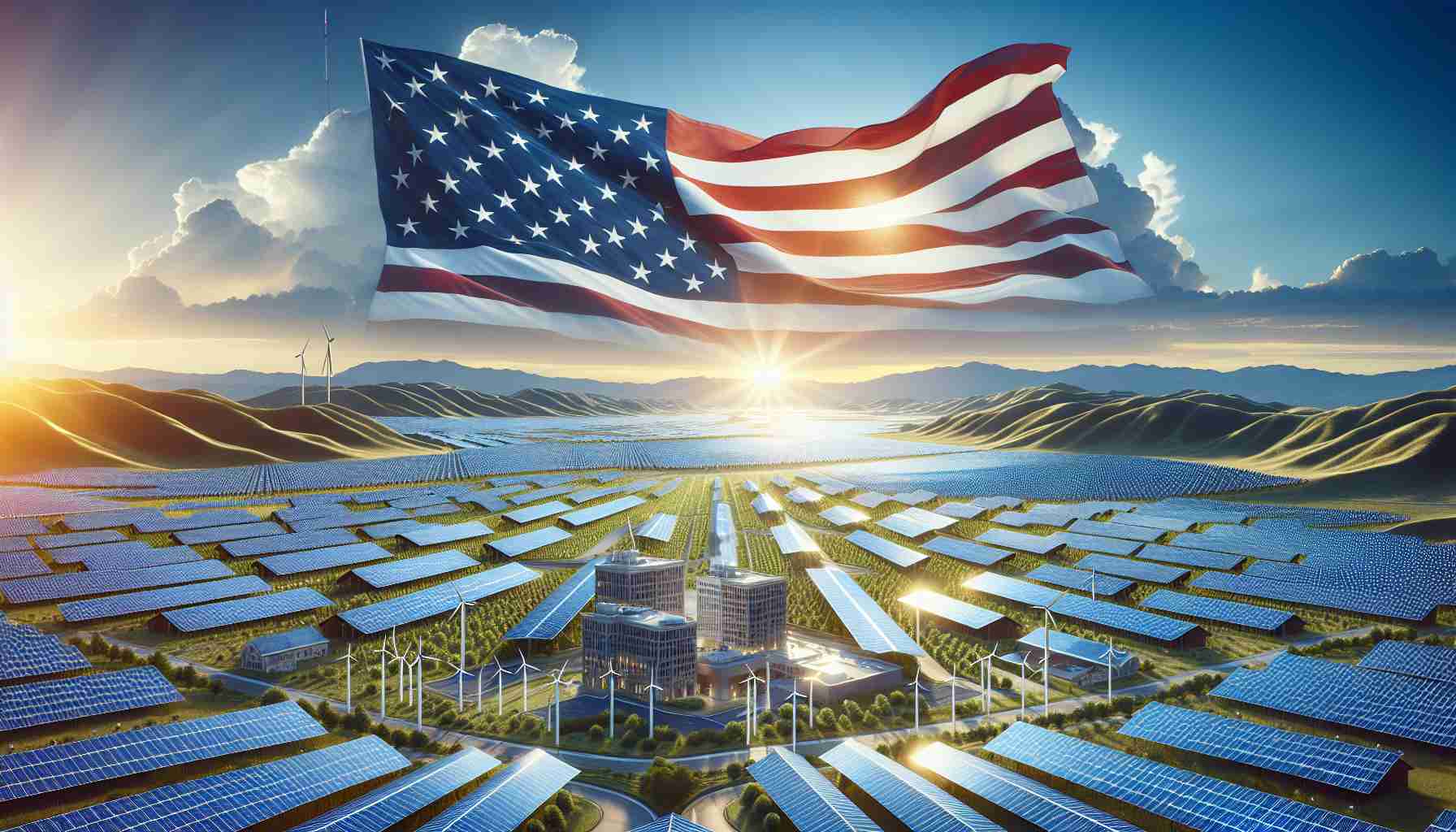
Solar power has emerged as a force to be reckoned with in the energy sector, overcoming challenges and skeptics along the way. Despite concerns about potential opposition from political figures, the growth of solar energy in the United States shows no signs of slowing down.
Investors may have fretted over the impact of changing political landscapes on renewable energy companies like First Solar, but the reality is that the momentum behind solar power is too strong to be halted. The cost-competitiveness of solar energy has reached a tipping point, making it a viable alternative to conventional forms of power generation such as natural gas and coal.
The Solar Energy Industries Association reports record-breaking growth in solar power production capacity, with solar accounting for over half of the country’s electricity-generating potential expansion. This growth trajectory is set to continue, driven by factors such as falling costs, government incentives like the Inflation Reduction Act, and increasing public support for alternative energy sources.
While uncertainties loom, including potential policy shifts and market fluctuations, the long-term outlook for solar power remains positive. Projections indicate that renewables, particularly solar and wind energy, will play a pivotal role in meeting the nation’s growing electricity needs in the coming decades.
As the United States charts its course towards a more sustainable energy landscape, solar power is poised to lead the charge, embodying the promise of clean, affordable, and abundant energy for generations to come.
The Unstoppable Rise of Solar Power in the United States: New Developments and Key Considerations
Solar power continues its meteoric rise in the United States, with new advancements and milestones underscoring its importance in the country’s energy landscape. While the previous article highlighted the impressive growth of solar energy, there are additional facts and nuances that shed further light on this transformative trend.
What are the most critical questions surrounding the surge of solar power in the United States?
One important question revolves around the scalability of solar energy infrastructure. As solar installations proliferate across the country, how will the grid be modernized to accommodate the increasing influx of solar power? Grid modernization and storage solutions are crucial areas that need to be addressed to fully harness the potential of solar energy.
What are some key challenges or controversies associated with the rapid expansion of solar power?
One significant challenge is the issue of intermittency. Solar power generation is dependent on sunlight, which means that energy production can fluctuate based on weather conditions and time of day. Developing effective storage technologies and improving grid flexibility are essential to mitigate the impact of intermittency and ensure reliable energy supply.
What are the advantages and disadvantages of relying heavily on solar power?
Advantages of solar power include its renewable nature, low operating costs once installed, and environmental benefits such as reduced greenhouse gas emissions. However, challenges such as high upfront costs, intermittency issues, and the need for significant land area for large-scale solar farms are important considerations.
As the adoption of solar power accelerates, it is crucial to address these challenges and explore innovative solutions to maximize the benefits of this clean energy source.
For more insights on the latest developments in the solar energy sector, visit the Solar Energy Industries Association website.



